My mother got this drilling from my grandfather many years ago. She wants to sell it and took it to a LGS. There they told her it was made by Whittener and threw it on gunbroker without doing any research. It didn't sell. She came to me for help and I found out, rather quickly, Whittener Steelworks provided the barrel steel from 1860 to 1895, however, most likely had nothing to do with the actual assembly or making shotguns.
So I'm here asking for help identifying the gun and any guesses to its value. She may end up keeping it and insuring it...not sure. More pics can be taken if it helps. Thank you!
pix580268455.jpgpix301666984.jpgpix162625923.jpgpix016049742.jpgpix026464473.jpg
So I'm here asking for help identifying the gun and any guesses to its value. She may end up keeping it and insuring it...not sure. More pics can be taken if it helps. Thank you!
pix580268455.jpgpix301666984.jpgpix162625923.jpgpix016049742.jpgpix026464473.jpg



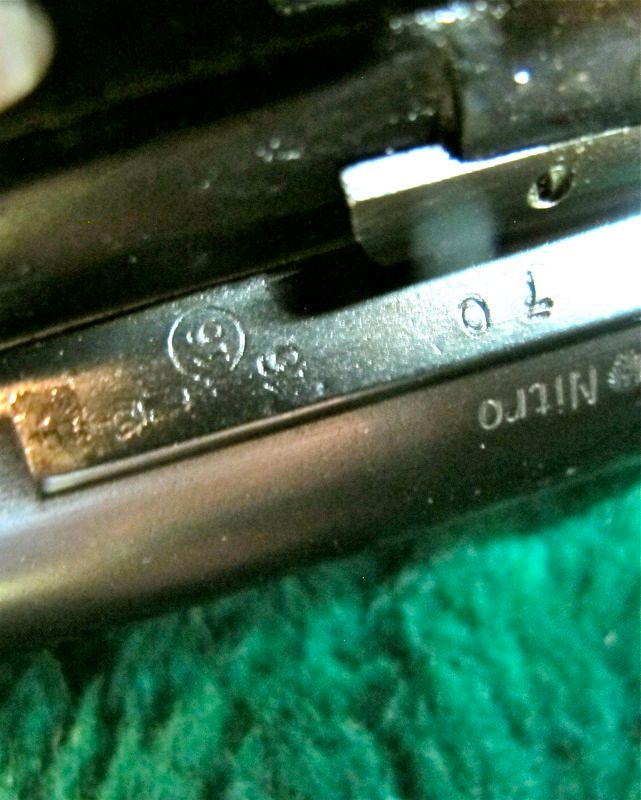
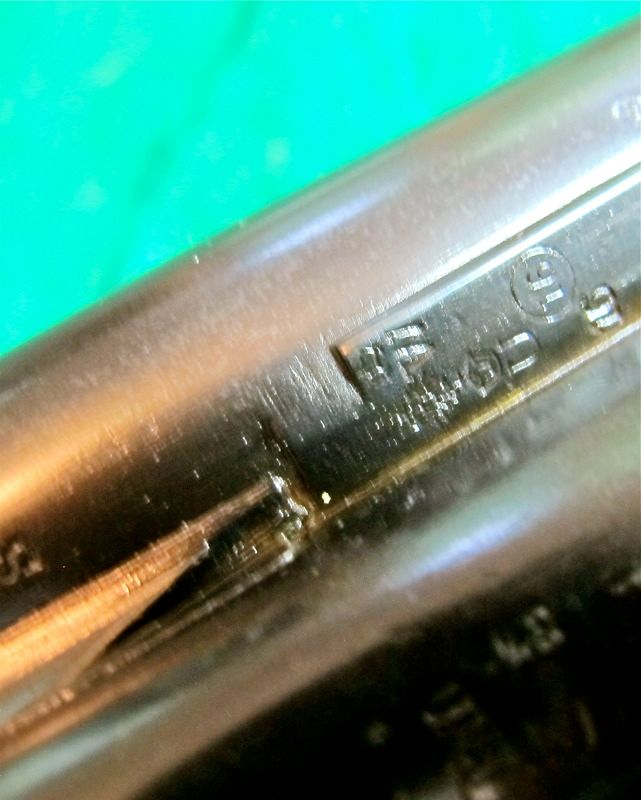


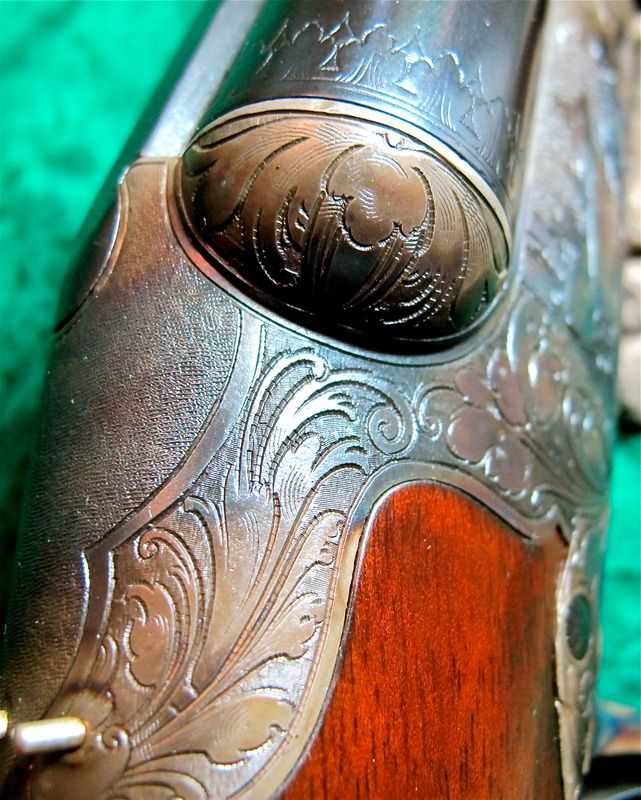
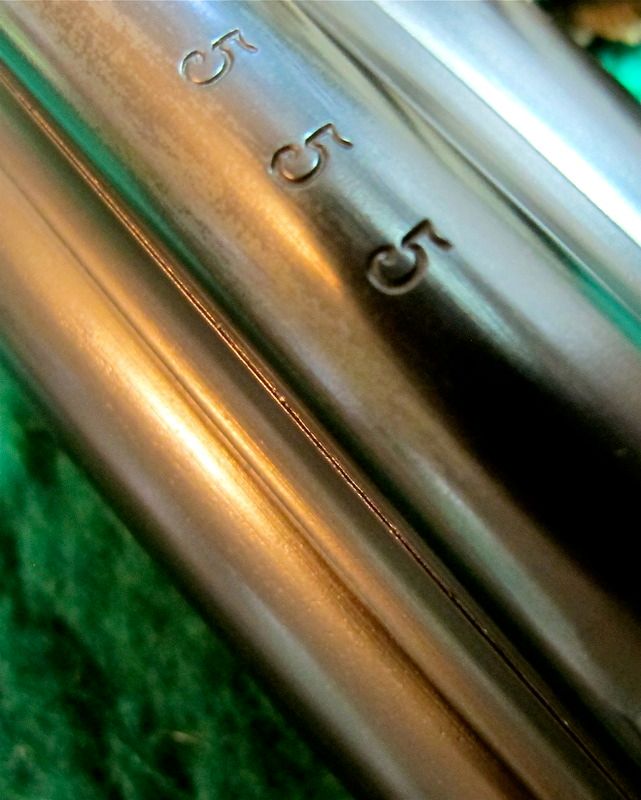
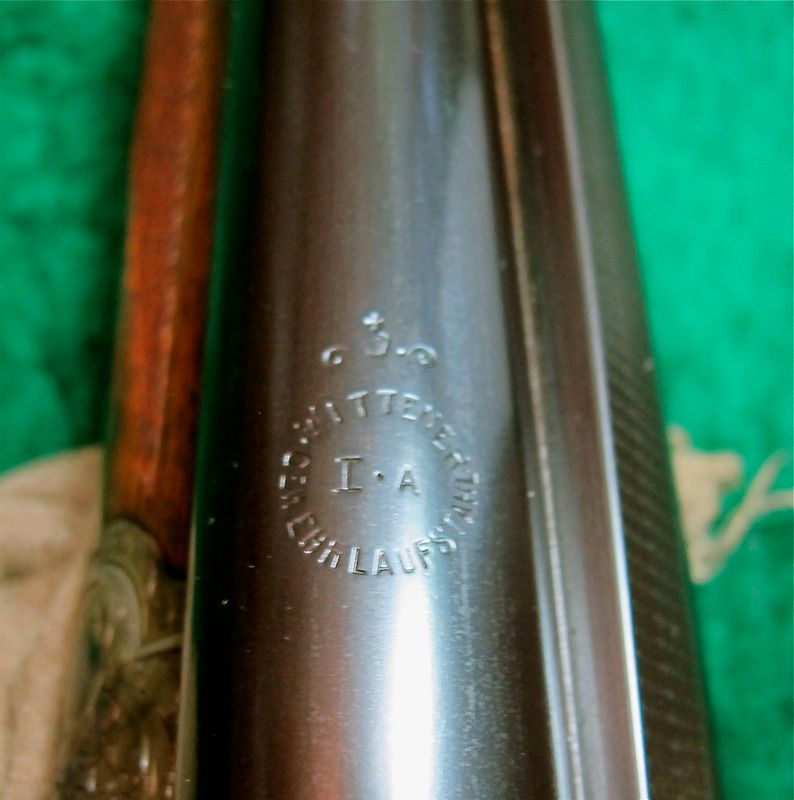
Comment